So, I rescued as many plants as I could! Does it still count as foraging if I transplant foraged plants in my yard?
Strolling under a canopy of leaves, inhaling the smell of trees and earth, and watching how forests and meadows flourish with life all teach you one undeniable truth — Mother Nature is a gift that keeps on giving. Basking in the great outdoors acts as a balm in anxious times, as spending just 20 minutes connecting with the greenery can help lower stress levels. But apart from its therapeutic effect, it offers us so much more than that.
If you ever come back from the hedgerows carrying a clump of plants or emerge from the woods with a heavy handful of mushrooms and fruits, you know it can also make your stomach happy or, at least, full. And although attitudes toward foraging — identifying and harvesting wild foods — have been fearful for quite some time, this seems to be a thing of the past.
Just take a look at these two delightful and informative corners of Reddit, the ‘Foraging’ and ‘Mushrooms’ communities. Members of these online groups enthusiastically take advantage of everything their local area can offer and share their beautiful discoveries with everyone online. We wrapped up an exciting collection of pictures featuring their best finds to share with you all, so continue scrolling! Upvote your favorite ones, and if you’re a fellow forager, be sure to share your passion with us in the comments below.
#1 My 10.5 Year Old Lab Recently Learned To Truffle Hunt. So Proud Of Him!
#2 Had To Repost Bc Of How Cute It Is
#3 My Favorite Wild Raspberry Site Is Being Bulldozed To Build Some Houses 😭 So, I Rescued As Many Plants As I Could! …does It Still Count As Foraging If I Transplant Foraged Plants In My Yard?
Time goes by, seasons change, and the Earth keeps throwing its natural wonders for us to devour. And as you can see from this list, members of the ‘Foraging’ and ‘Mushrooms’ communities never pass an opportunity to snatch some tasty bites. No wonder tens of thousands of enthusiasts are eager to immerse themselves in the outdoors and share their finds online — nature is teeming with delicious edible morsels they can pick up, eat, cook, brew, and enjoy with their loved ones.
For anyone craving greenery, plants, and soul-soothing gifts of nature, it’s only natural to grab a basket and set off to the nearest countryside or park. But what is it about foraging that makes it such an exciting and soothing activity?
To gain more insight on the topic and to learn more about what to keep in mind while heading out into the wild to collect edible wild foods, we reached out to foraging expert Diego Bonetto. The Italian native, who has lived in Australia since the mid-1990s, spends his time guiding novices, chefs, and other professionals through the parks and outskirts of Sydney looking for hidden-in-plain-sight ingredients.
#4 What Is In There?
#5 Found Salmon Berries, Wine Berries, Osoberries, And Red Huckle Berries All Within A 5 Minute Walk Of My Front Door!
#6 Eating My Morel Pasta Alone After Failing To Convince Any Of My Family To Try It. Somebody Please Appreciate It With Me
Being a renowned author of a best-selling book Eat Weeds, a field guide to foraging: how to identify, harvest and use wild plants, Bonetto, aka “The Weedy One”, now aims to remind us about the natural treasures many of us have forgotten.
“Foraging is the oldest of skills,” Bonetto told Bored Panda. “As an organism, we evolved into what we are today by engaging with whatever edible resource was available to us in our surroundings.”
The professional forager believes that by re-engaging with this century-old art, we can once again connect to nature — and rekindle the bond with the ancient rituals that made us who we are. “By collecting and eating wild food we rediscover our wilder selves, and that is enriching and grounding,” Bonetto added.
#7 Me With My Baskets That I Made From Foraged Willow – I Took Them To Take Pictures Now That The Willow Is Leafing
#8 I Made A Acorn Shaped Mushroom Pendant
#9 Made Some Ice Cubes With Freshly Foraged Lilac. Looking Forward To Some Summer Cocktails With These!
Historically, we had a much stronger connection with wild food. But what was once an activity our ancestors heavily relied on to survive and thrive seemed to become unsophisticated and forgotten in the past few decades. Until recently. Because, according to the annual Waitrose Food and Drink report, there’s definitely been a shift in attitudes. In fact, social media interest in foraging grew by 89% in 2021.
#10 This Counts As Foraging, Right?
I drove to Maine and collected 10gal of seawater, boiled it down over the course of 3 days, and got 2 quarts of sea salt.
#11 When You Know Where The Blueberries Are
#12 Had To Get Past The Woodland Blackberry Guardian Before I Could Pick The Berries Today
Bonetto explained that only the past couple of generations have stopped or diminished the practice of harvesting wild seasonal produce. “Three generations ago most people, all over the world, were still regularly collecting wild berries, mushrooms or greens. Two generations ago this practice became shameful, like the kind of things poor people or peasants would do.”
“Last generation knowledge was greatly lost due to not practicing it, not being taught, and opting for supermarket and agriculturally produced foods,” he continued. “This is the generation that we want the knowledge back.” Bonetto argued that today, we know that these old skills have become an extremely valuable tool that allows us to connect with resources as stakeholders. “We want to learn back how to care for our surroundings, getting rewarded with free food in the process.”
#13 Salmonberry Season Is Crazy This Year!!! Yum!! I’ve Never Seen Them This Big And Tasty Before
#14 Mushrooms Are The Most Beautiful Living Thing
#15 Having My Cake And Eating It Too!
So, in essence, foraging provides us with free food and triggers deeply rooted memories that allow us to revive that lost spark and strengthen our bond with nature. But knowing little about the foraging habits and practices or the ins and outs of the countless different species, taking up the endeavor can seem daunting.
For those planning to head out, Bonetto suggests starting small. “Learn three-four plants at first, the easy ones like dandelion, purslane or mulberries. Once you know them well you will also get accustomed on what are the key features of the plants that help with identification. This skill will be used for all the other edible plants that you will learn.” The expert added there is no better teacher than curiosity: “You will never stop learning and adding new knowledge to your skill set.”
#16 I Harvested Cloudberries In The Arctic Last Week!
#17 First Noble Fir Pine Cone Of The Year In Denmark. So Tender, So Delicious!
#18 Foraged Some Mushrooms Today And Then A Weird Primate Tossed Broccoli At Me
Moreover, Bonetto pointed out some of the most important things beginners should have in mind when taking up foraging. “The best place to forage is your garden: Forage where you know who sprays what, how many dogs there are and have a good idea of how the soil has been treated in the past.”
Another piece of sage advice is to positively identify everything. “Make sure you know what you are eating before baking the pie. Slow down, there are plenty of books and resources online. Start small, learn well, and progress from there.”
#19 Friends Dad Found This
#20 When The Mushroom Gods Bless You With A Huge Bolete And It Turns Out To Be 100% Bug Free
#21 I Made Honeysuckle Ice Cream And It Was So Good It Almost Made Me Cry
“If it looks like a stick it tastes like a stick: Meaning that you have eyes, use them,” Bonetto continued. “If a plant looks sad and half dead, that is what you will be eating. If the plant looks juicy and happy, that is because the plant is juicy and happy. You use these skills every time you go to the greengrocer to select some vegetables. You would select the best-looking ones, same skills apply to foraging.”
And lastly, be conscious of your environment and look after resources. “Foraging knowledge is NOT your license to exploit resources, but the trigger point to turn you into a stakeholder and caretaker of your local resources.”
#22 Found A Nice Little Ensemble In The Woods Today
#23 Made A Galette With Wild Blackberries, Lavender, And Chocolate Mint
#24 Thought Someone Might Enjoy !
The best thing you can do to access wild food sources is to join your local bush regeneration group, the expert forager added. “They are all over the world. They would meet in your local park or wild area and remove bags of introduced species, oftentimes edible.”
“You would get help with identification, they have public liability and most probably free coffee and biscuits for you to have while you fill up your bag. Most importantly you would only engage with invasive plants, removing them from native ecologies. You would look after your local native species while filling up your fridge,” Bonetto concluded.
#25 I Made Nettle + Wild Garlic Soup Today, With A Spring Garnish
#26 This Is The Amount Of Salt I Got From Rendering Down Just Under 2 Gallons Of Clean Sea Water. Banana For Scale
#27 Here In Hungary, Elderflower Is Everywhere In This Time Of The Year, So We Went Out To Get Some For My Mother’s Elderflower Syrup
#28 This Is The Time Of The Year Of High Temp And Nice Grapes. Grandpa’s House Has Great Bunch Of Grape
#29 Massive Bolete
#30 Made Fried Chicken Of The Woods Sandwich With Foraged Chicken Of The Woods
#31 Found Some Porcelain Fungus, I Haven’t Tried Cooking Any Yet But They Are Fun To Look At. Anyone Tried?
#32 Stumble On A Blueberry Field
#33 Aloha From Hawaii! This Is By Far The Coolest Things I’ve Ever Foraged
#34 Found A Bleeding Tooth Aka Hydnellum Peckii For My First Time Last Fall! Isn’t It Cool Looking?!
#35 Good Friend Found The Mother Load
#36 Spring Has Sprung
#37 I Was Just Walking Down A Trail And Saw 2 Small White Truffles Poking Out Of The Ground
I couldn’t believe it when I cut it open and saw that beautiful marbling! Incredibly lucky find.
#38 Found Some Chicken
#39 Poaching Isn’t Just A Crime That Affects Wildlife
Two USFWS Federal Wildlife Officers (FWO) recently stopped palmetto berry poaching on Eglin Air Force Base in Florida. The officers recovered nine, 200 lb bags of berries that have a high market value.



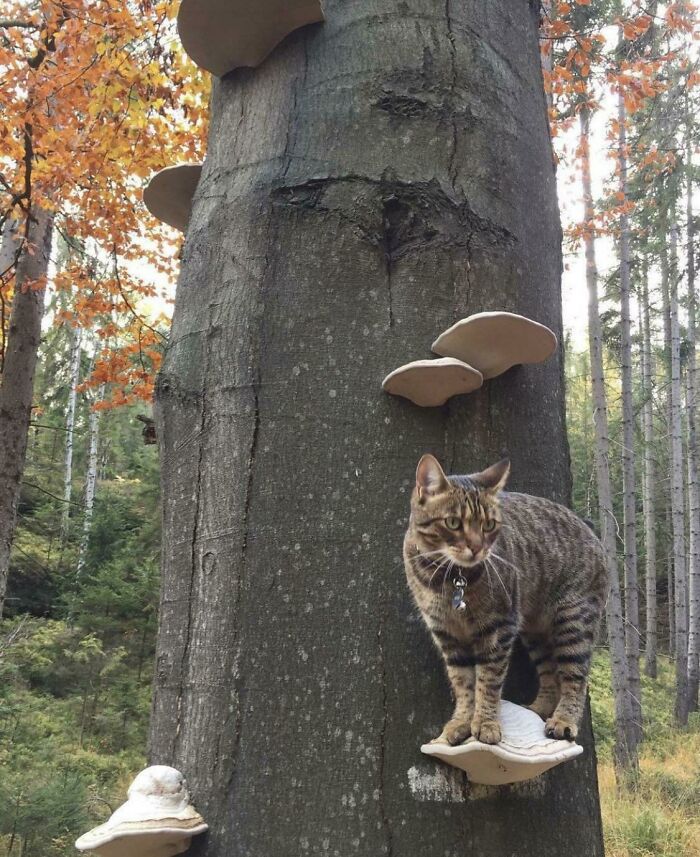


















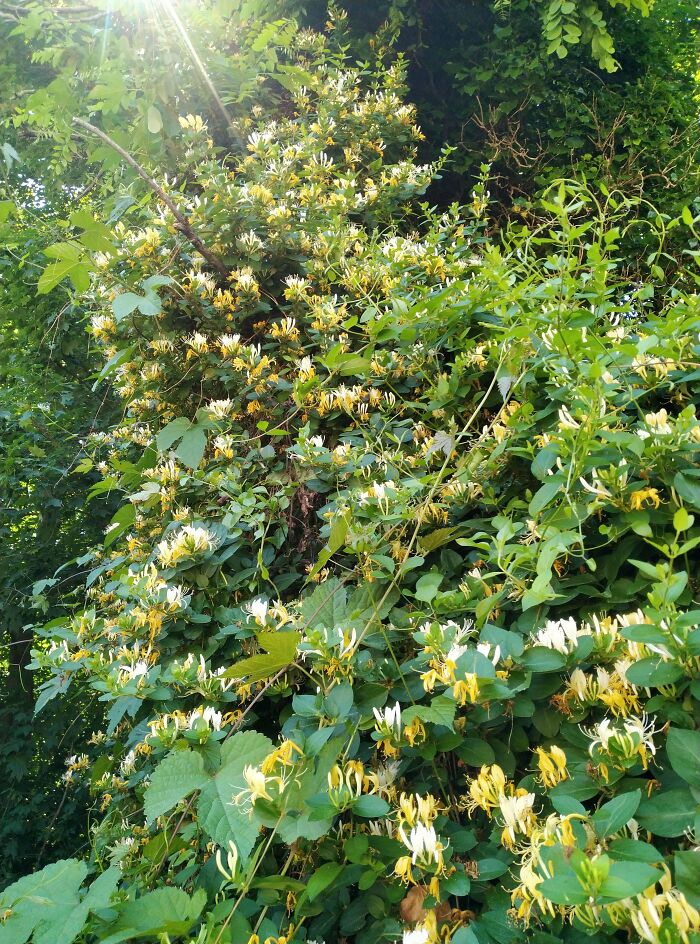


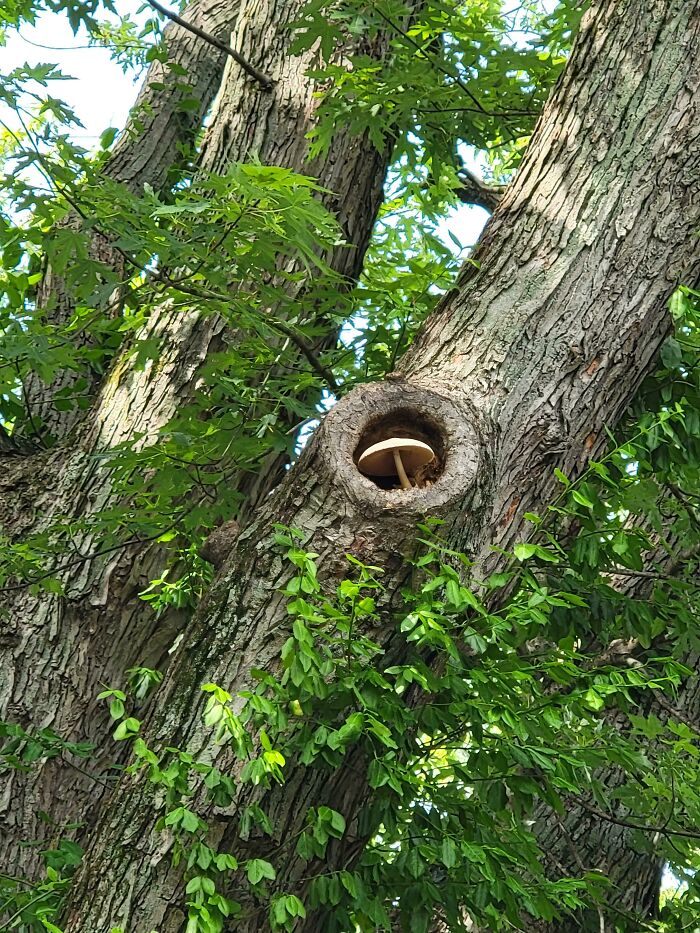













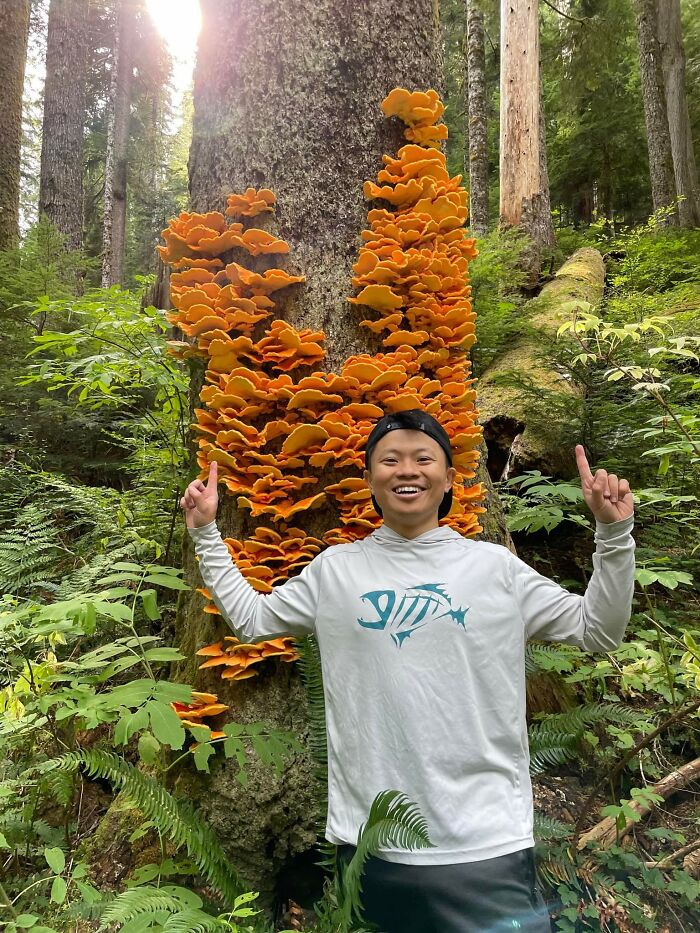

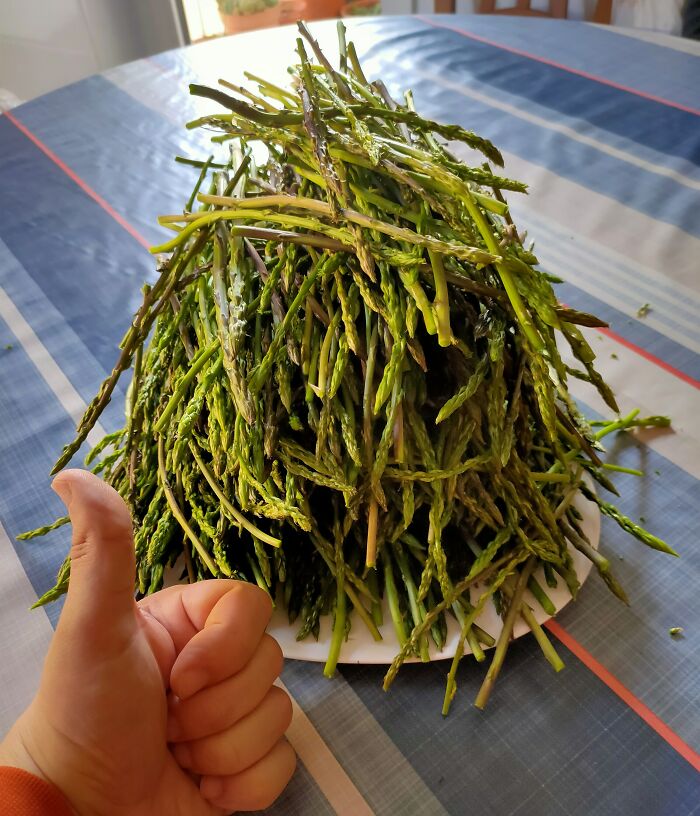


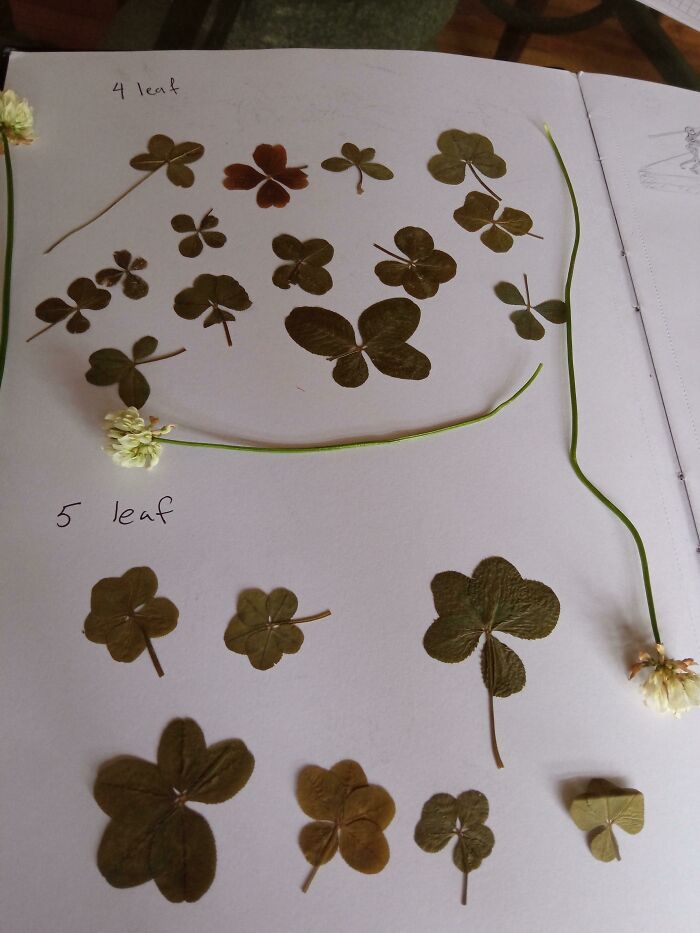






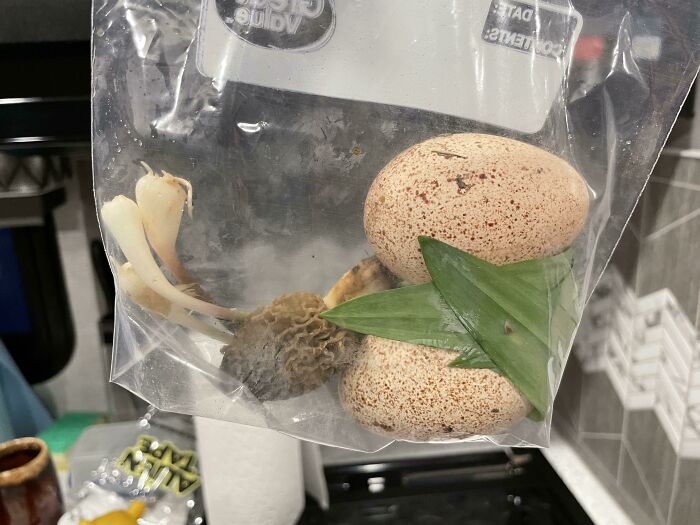



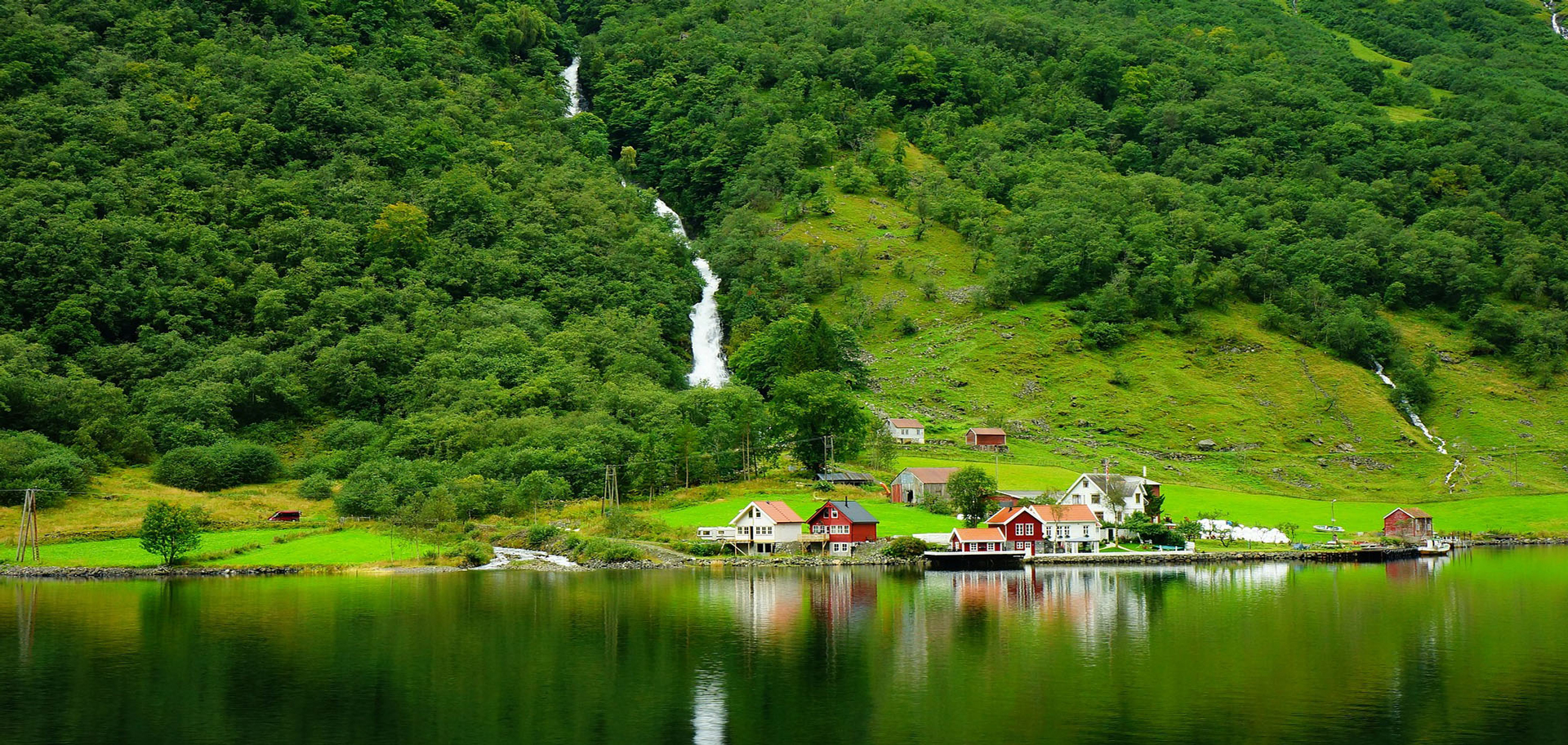
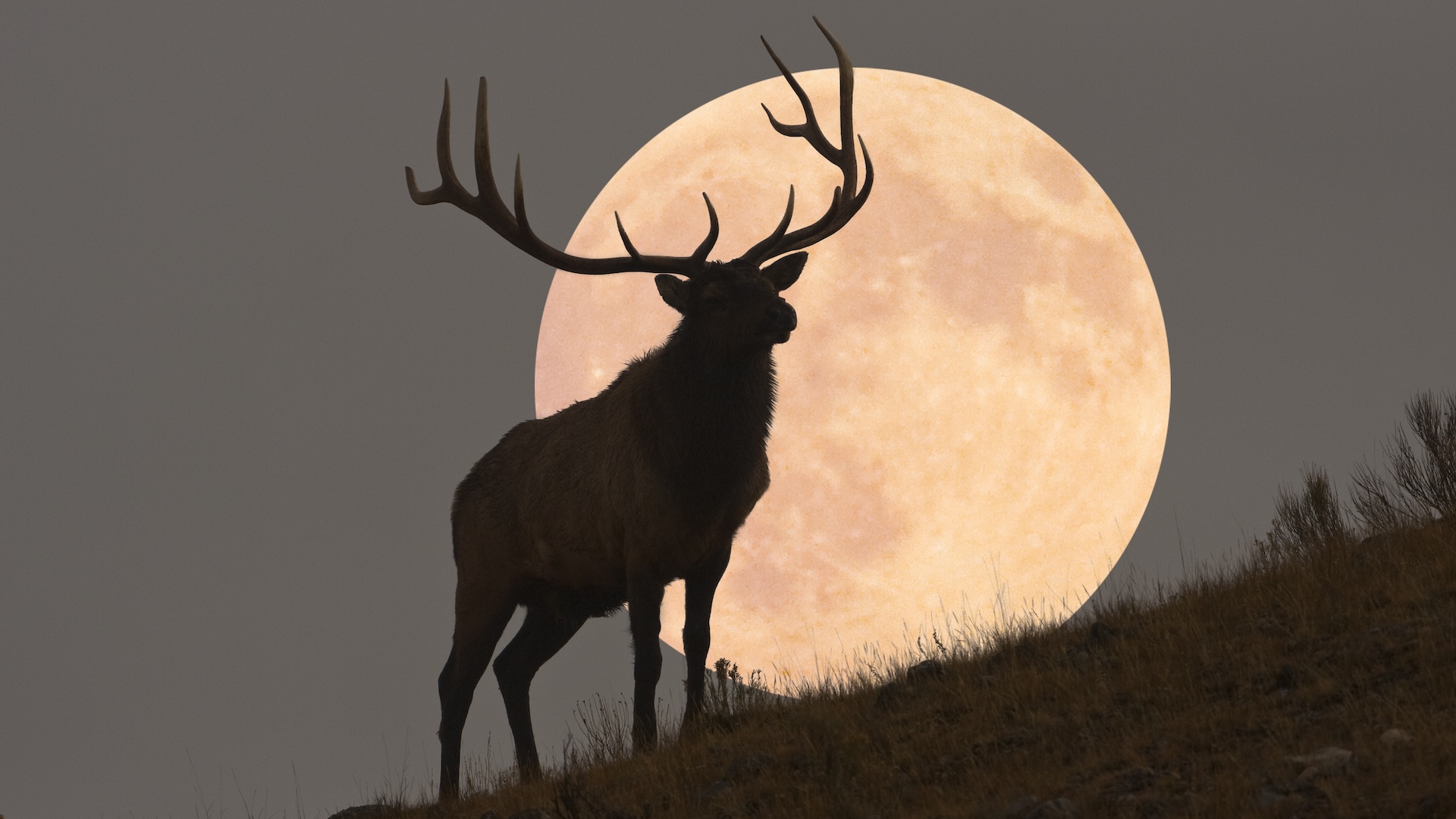
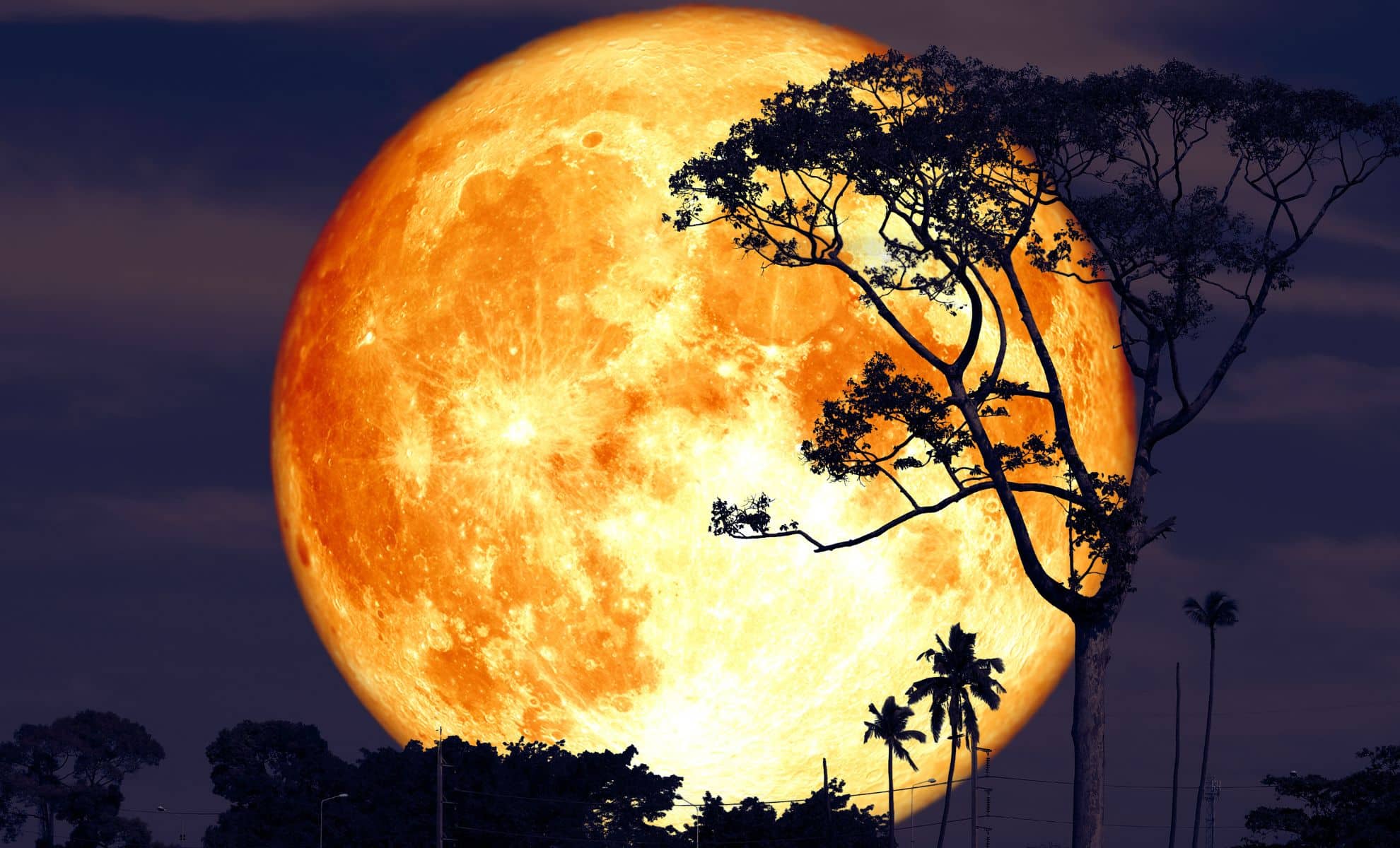
 Photographer Finds Locations Of 1960s Postcards To See How They Look Today, And The Difference Is Unbelievable
Photographer Finds Locations Of 1960s Postcards To See How They Look Today, And The Difference Is Unbelievable  Hij zet 3 IKEA kastjes tegen elkaar aan en maakt dit voor zijn vrouw…Wat een gaaf resultaat!!
Hij zet 3 IKEA kastjes tegen elkaar aan en maakt dit voor zijn vrouw…Wat een gaaf resultaat!!  Scientists Discover 512-Year-Old Shark, Which Would Be The Oldest Living Vertebrate On The Planet
Scientists Discover 512-Year-Old Shark, Which Would Be The Oldest Living Vertebrate On The Planet  Hus til salg er kun 22 kvadratmeter – men vent til du ser det indvendigt
Hus til salg er kun 22 kvadratmeter – men vent til du ser det indvendigt  Superknepet – så blir snuskiga ugnsformen som ny igen!
Superknepet – så blir snuskiga ugnsformen som ny igen!  Meteorite That Recently Fell in Somalia Turns Out to Contain Two Minerals Never Before Seen on Earth
Meteorite That Recently Fell in Somalia Turns Out to Contain Two Minerals Never Before Seen on Earth  Nearly Frozen Waves Captured On Camera By Nantucket Photographer
Nearly Frozen Waves Captured On Camera By Nantucket Photographer  It’s Official: Astronomers Have Discovered another Earth
It’s Official: Astronomers Have Discovered another Earth 